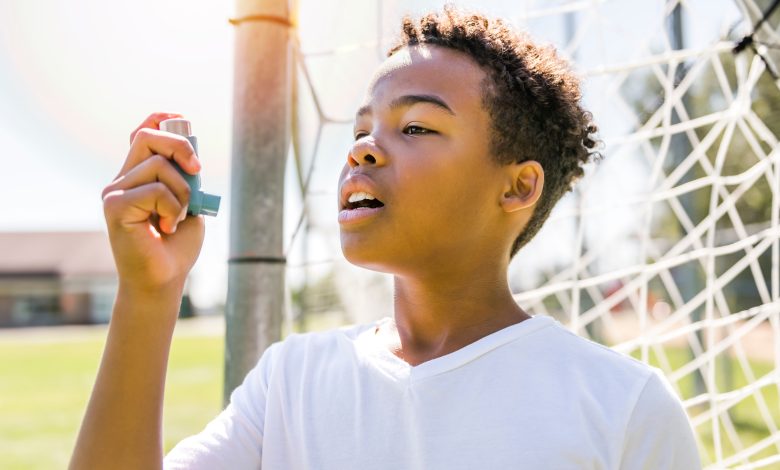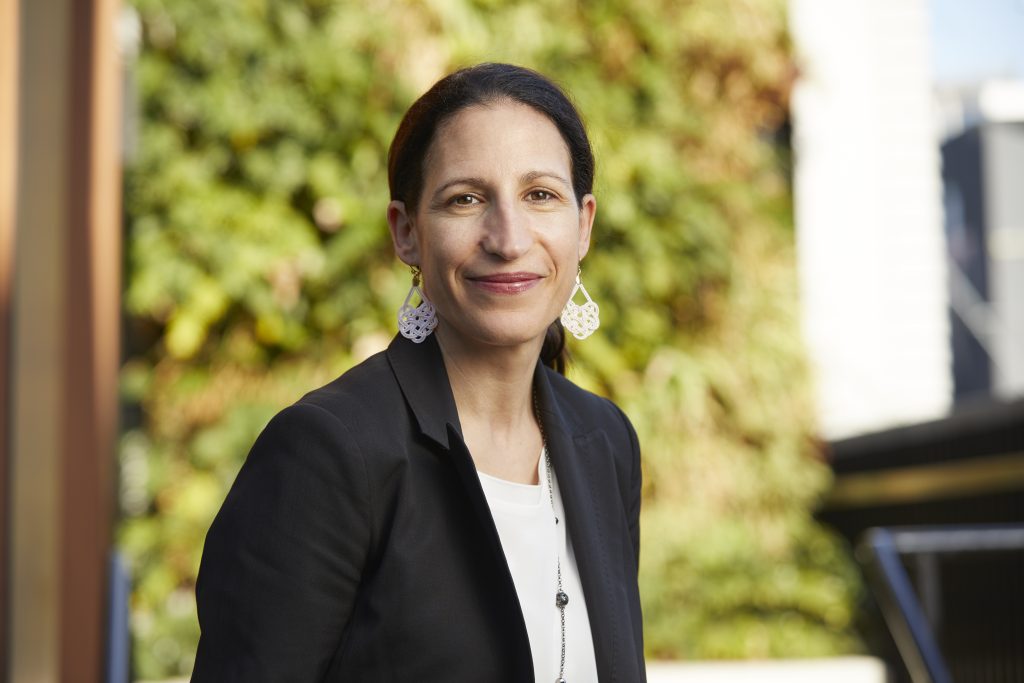Are you prepared for back-to-school asthma?
Did you know there is an increased risk of asthma attacks and asthma-related hospitalisations in February?

Are you one of the 80% of parents and educators who have never heard of back-to-school asthma?
Michele Goldman, CEO of Asthma Australia, is on a mission to make sure that everyone is prepared for the somewhat surprising fact that asthma-related hospitalisations in children actually peak in February, and not in the middle of winter as one might expect.
“Every year, Australian kids with asthma are at increased risk of an asthma flare-up and hospitalisation as they head back to the classroom,” explains Ms Goldman. “This is likely due to a more relaxed approach to asthma management over the holiday break, which can contribute to less controlled asthma and may make kids more vulnerable to common schoolyard triggers like respiratory viruses.”
The most vulnerable age group is anyone under the age of 15, with nearly half of all hospitalisations for asthma being children aged between 0 and 14 years. The National Asthma Council reports that up to one-quarter of children’s hospital admissions for asthma occur in February.
Similar patterns are found in the Northern Hemisphere as well, making it even more surprising that back-to-school-asthma is relatively unknown.
“When Asthma Australia surveyed parents of school-aged children with asthma, 80 per cent said that they had not heard of back-to-school asthma. Eighty-two per cent of teachers and educators were also unaware of the asthma risk for kids in late summer,” said Ms Goldman. “Asthma is a complex condition that is often not well understood or appropriately managed in the community. Awareness of asthma in the education system follows this pattern and indicates that more asthma information and support for school staff is needed in schools across the country.”

How can teachers get prepared?
All children with asthma should provide a copy of their written Asthma Action Plan to their school, along with their asthma medication at the start of each year. It’s important that schools remind parents and carers of this, whether it’s via an email newsletter or other regular communication with families.
But don’t just rely on a written plan. Ms Goldman says: “It’s also important for teachers to speak to parents about their child’s Asthma Action Plan, their asthma medicines and keep up-to-date with any changes to a student’s Asthma Action Plan across the year.”
To help reduce the impact of back-to-school asthma, Asthma Australia asks schools and teachers to share a five-point checklist for parents of kids with asthma.
- Book an asthma review with your GP or healthcare provider
- Update your child’s Asthma Action Plan
- Make contact with your child’s school (not forgetting after-school and extra-curricular activities)
- Check your child’s reliever medication
- Keep your child’s school updated throughout the year.
Are teachers at risk too?
Is back-to-school asthma something educators with asthma need to worry about?
Ms Goldman reassures them: “A teacher with asthma is vulnerable to an exacerbation of their condition at any time, but there is no documented evidence of this happening when they too head back into the classroom in February.”
Knowing which students have asthma is just the first step in reducing the risk. Teachers can also keep an eye on which students are using their reliever, or using it more often than usual. All staff – not just teachers – should receive asthma awareness training and be able to recognise the symptoms of an asthma attack and how to respond quickly and effectively.







